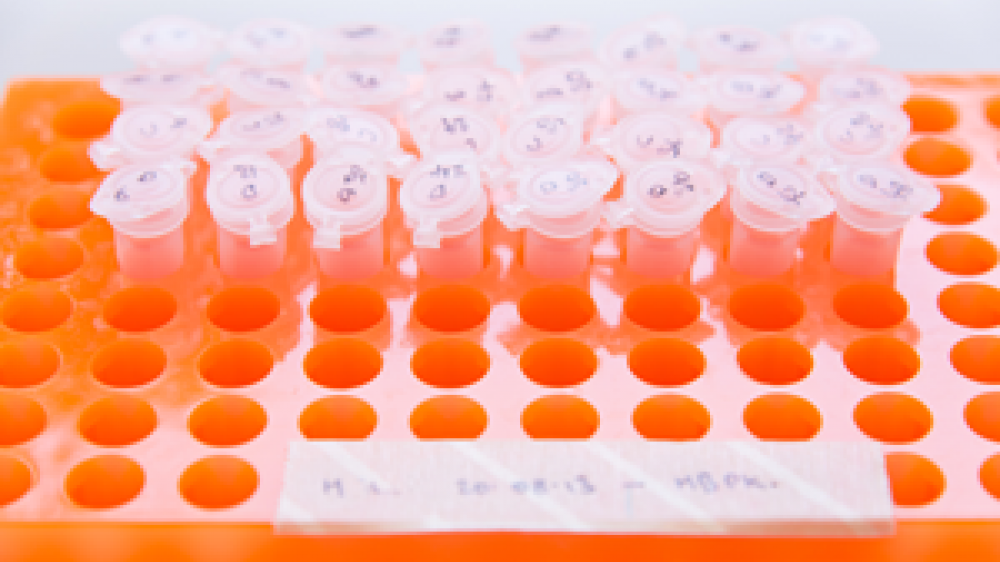£2.9M awarded to six new project grants

Our total commitment for project grants over the past twenty years has now surpassed £50M, supporting 3Rs method development, characterisation and dissemination.
Our project grant awards support the development, characterisation and testing of new 3Rs models, methods, tools and technologies. The six awards made in this year’s call represent exciting opportunities to improve upon current models, address barriers to uptake and combine technologies to develop cutting-edge tools to replace the use of animals in research and testing.
2024 NC3Rs project grant awards
The influence of a complex in vitro tumour microenvironment on cancer stem cell metastasis
Dr Adrian Biddle et al, Queen Mary University of London (£520,804)
Aim: Further develop in vitro models of oral squamous cell carcinoma, including a "metastasis-on-chip" model, adding cells to replicate the lymphatic and immune components of the tumour microenvironment, replacing animals in oral squamous cell carcinoma studies.
Development of Galleria mellonella as a replacement preclinical model for snakebite envenoming to reduce the need for murine models
Dr Rachel Clare et al, Liverpool School of Tropical Medicine (£490,642)
Aim: Develop Galleria as a model for snakebite envenoming to replace the use of mice in testing antitoxins for coagulopathic, cytotoxic and neurotoxic venoms.
Replacement of in vivo arterial thrombosis models using human placental arteries: The birth of a new approach
Dr Sarah Jones et al, Manchester Metropolitan University (£534,427)
Aim: Replace some non-recovery thrombosis studies in mice with a human ex vivo model using placental arteries and build confidence in its use by testing inter-laboratory variability in two further laboratories.
Generation of vascularised immunocompetent retinal assembloids from human pluripotent stem cells
Professor Majlinda Lako et al, Newcastle University (£469,634)
Aim: Combine organoid technologies to create retinal assembloids with vasculature and microglia cells overcoming some of the limits of current in vitro methods in replacing mouse use.
Establishing a physiologically relevant in vitro model of blood development
Dr Cristina Pina et al, Brunel University London (£525,439)
Aim: Develop a 3D in vitro model of human embryonic blood formation to replace the use of mice in mechanistic studies of normal and leukaemic blood development.
Developing human skin microbiota models to replace rodent studies and explore host-microbe interactions
Dr Holly Wilkinson et al, University of Hull (£376,082)
Aim: Develop a human wound microbiota and infection model and demonstrate its utility in targeted antimicrobial testing to replace the use of mice in microbiome and infection studies.
